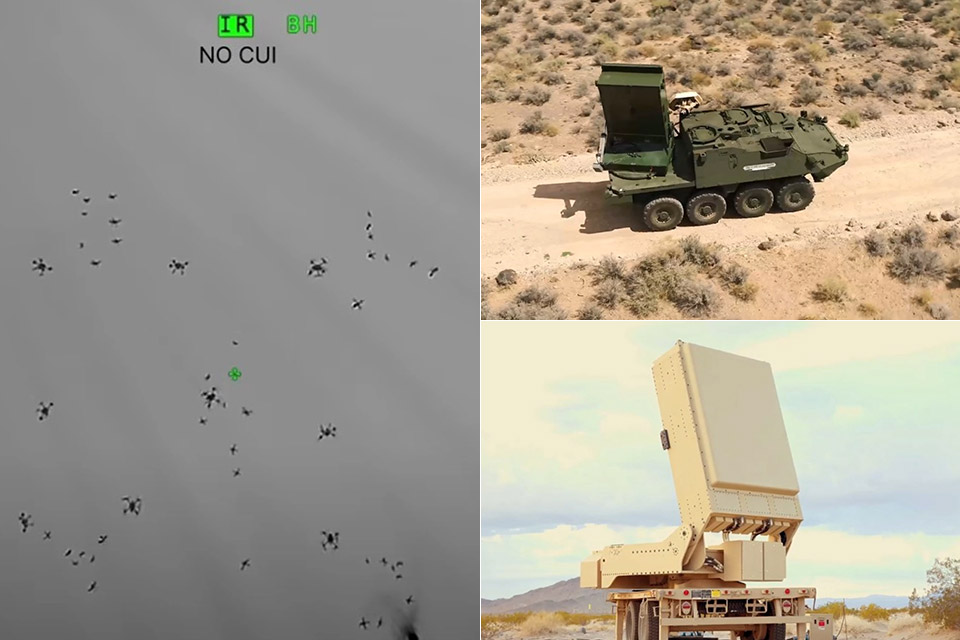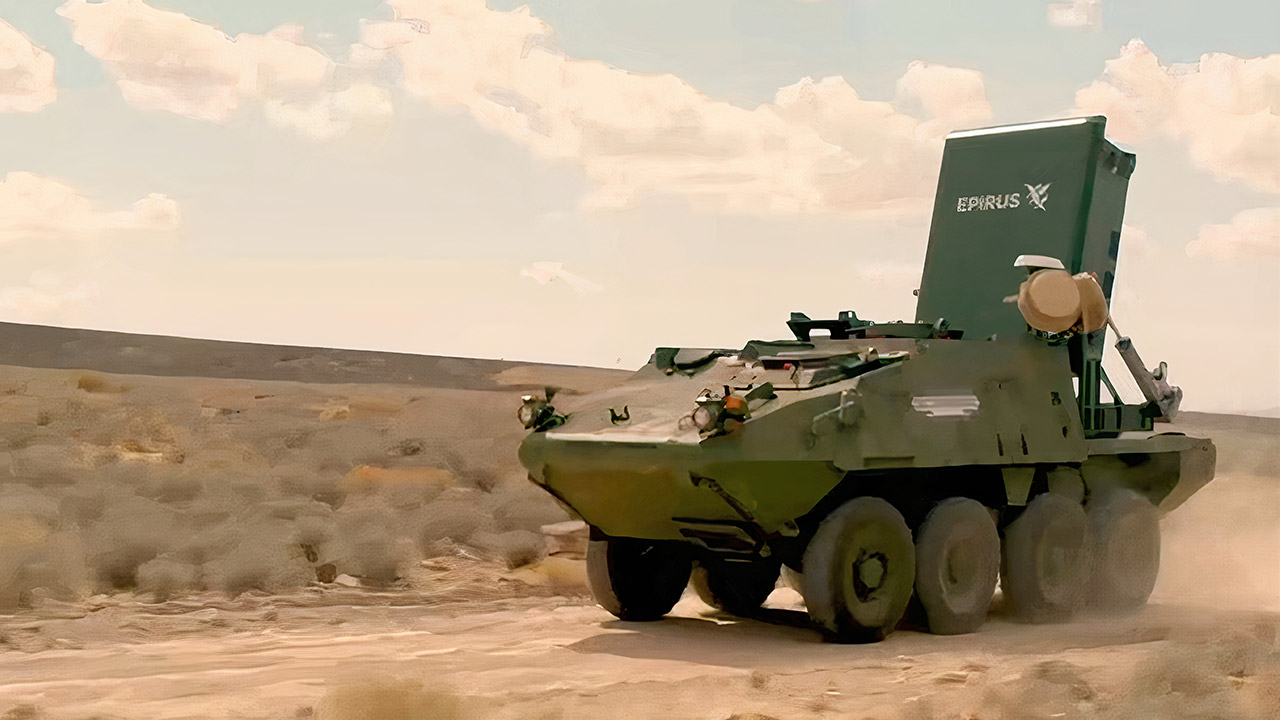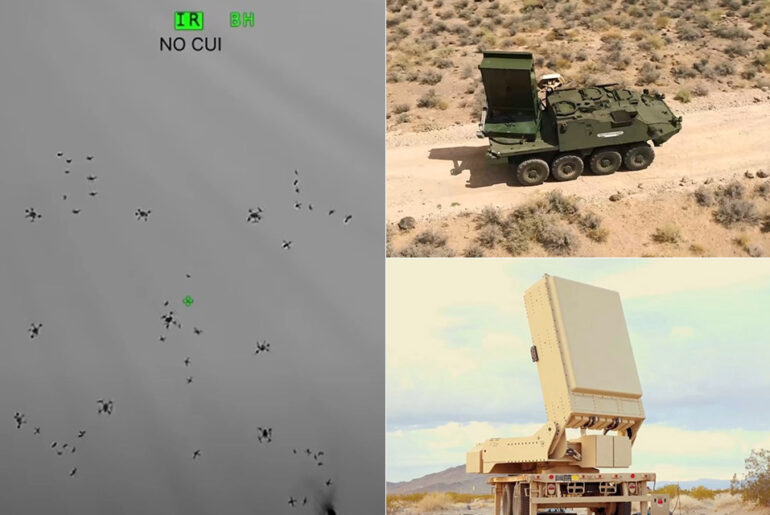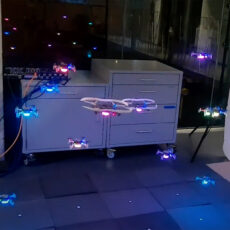
Drones are everywhere, cheap and stealthy enough to turn any open space into a nightmare. Swarms of them can overwhelm traditional defenses—bullets or nets can’t keep up when hundreds come at once. Epirus’ Leonidas microwave technology fries their brains with one invisible wave.
On August 26, reps from the US Department of Defense, federal agencies and nine allied nations stood behind barriers, eyes fixed on a squat, armored truck in the middle of the range. Leonidas sat there with its antennas folded, while Epirus engineers from the LA-based company were doing final checks. As the first wave of drones took off, the air was filled with the sound of propellers—small, just basic off-the-shelf models modified to simulate real threats from from all directions.
- Due to platform compatibility issue, the DJI Fly app has been removed from Google Play. DJI Neo must be activated in the DJI Fly App, to ensure a...
- Lightweight and Regulation Friendly - At just 135g, this drone with camera for adults 4K may be even lighter than your phone and does not require FAA...
- Palm Takeoff & Landing, Go Controller-Free [1] - Neo takes off from your hand with just a push of a button. The safe and easy operation of this drone...
Three drones flew in from the left, and Leonidas locked on, with its microwave beam slicing through the air in one long pulse. The electronics inside those flyers fried instantly—motors stopped, signals failed—and they landed like stones in the grass. Another three came in from the right, vectors intersecting in a purposeful mess. The mechanism swiveled, redirected the beam in seconds and dropped them dead.
Two drones entered the kill zone side by side, close enough a stray shot could hit both. One of the onlookers, a colonel from an allied military, pointed to the one on the right. “That one,” he said into a microphone. Leonidas fired a custom burst, the software shaping the waveform to only hit the target. Its electronics fried in mid-air and it plummeted, unaffected by the chaos around it. The second drone hung there, oblivious and unscathed, until the system finished the job a moment later.

Operators pushed harder from there, pushing the limits in ways that mirrored real battlefields. A single drone appeared, its course erratic as if dodging imaginary fire. Leonidas tracked it down, fired it and directed it into a designated safe zone on the range—a software border that kept the crash limited and away from equipment and people. Then three more appeared, staggered at varying distances. The laser swept across all three in one sweep, taking them all out at once. Drones of different heights and speeds all dropped at the same time, a synchronized failure that left the skies silent.
Then the ground troops launched the swarm in waves—49 in total, two different models of drones anyone could buy off the shelf. The system came online, the arrays glowing softly as it scanned the mass. One pulse and a broad electromagnetic blanket covered the area with no sound or flash. They hung for a second and then dropped, 49 bodies scattered across the field like confetti from a popped balloon.
[Source]










